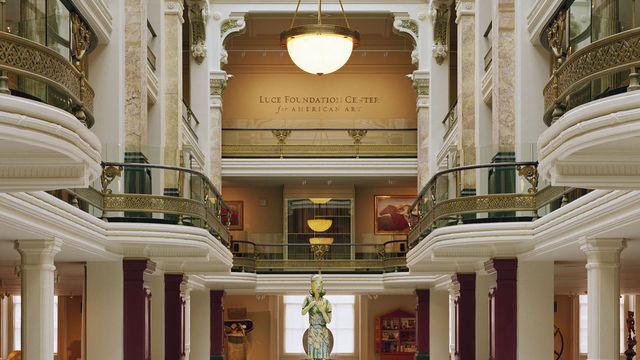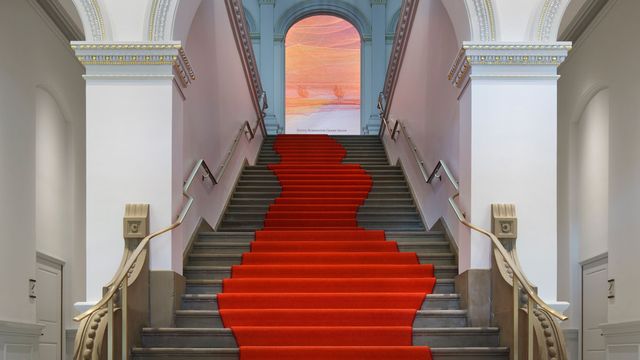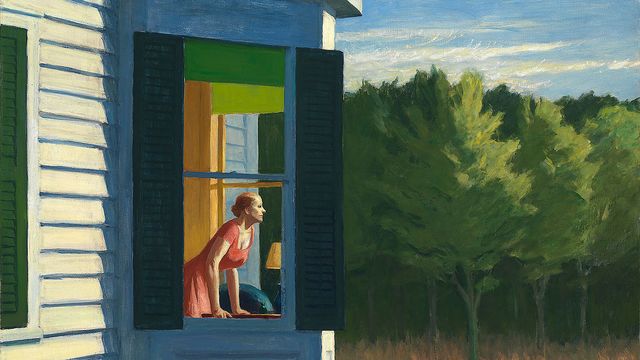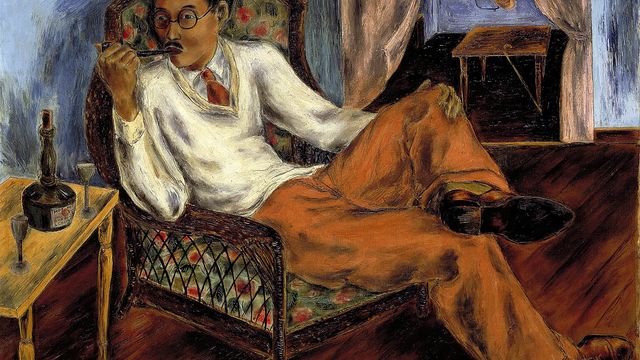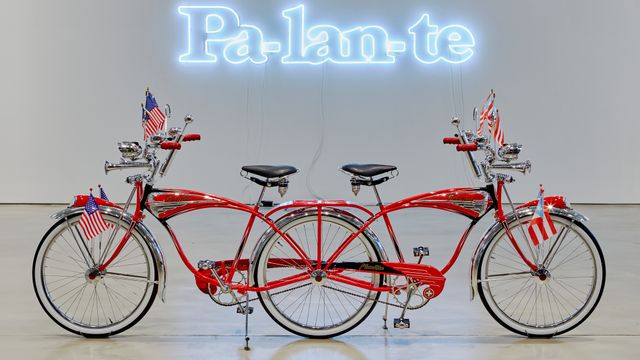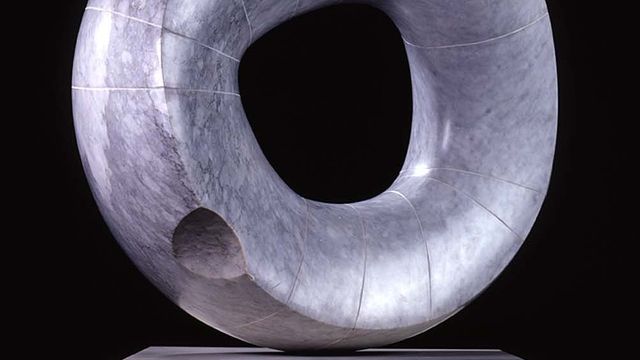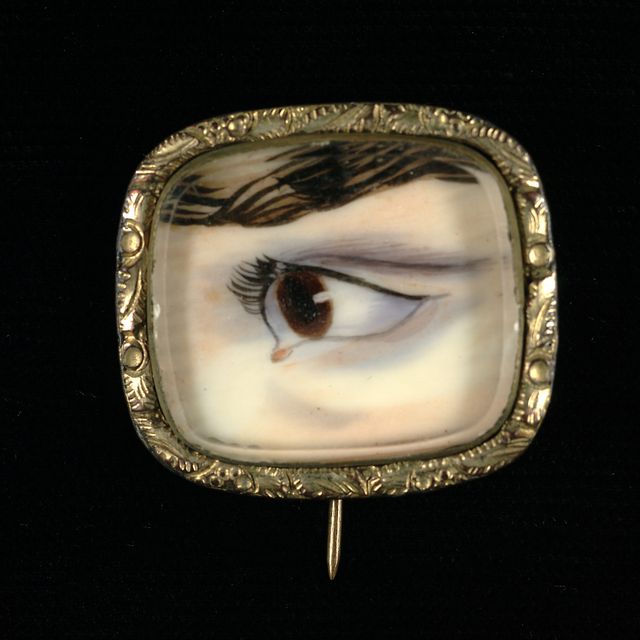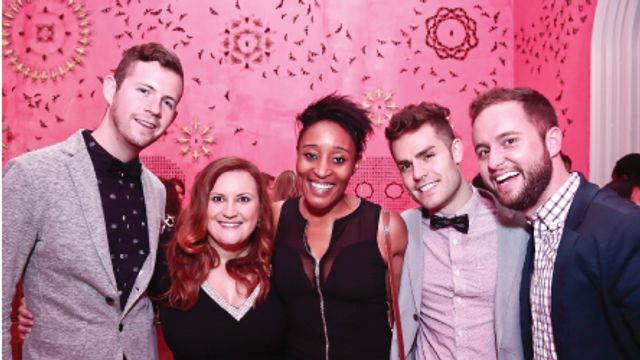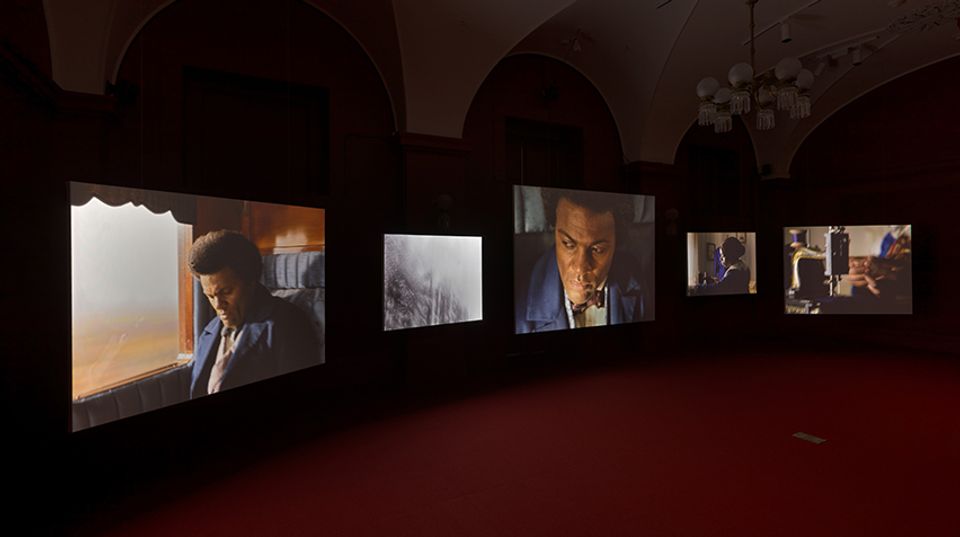
Tom Friedman, Open Black Box, 2006, Black construction paper, 137 in. x 137 in. x 137 in., Courtesy of Gagosian Gallery
Ken Johnson raises several good questions in his New York Times piece, where he takes the pulse of current sculpture by discussing what's up in the galleries this month:
Certainly there is no primary style right now setting visual or conceptual limits. About the only thing sculpture cannot tolerate, at least in theory, is being restricted to two dimensions. This makes sculpture a zone of enormous creative freedom.
Ah, but rules are made to be broken. Sculptors can even find a way to drop that pesky third dimension. Through holograms and optical illusions—forms that seem to occupy space but don't (so long as you don't count the projector)—James Turrell investigates assumptions about space and materiality itself. His work is like a virus: a form of organic life that leads scientists to question their fundamental assumptions about organic life. Turrell's illusions distill sculpture to its fundamental characteristics.
In Johnson's review of current New York shows, he summarizes the work of several contemporary sculptors: Gordon Matta-Clark, Frank Stella, Daisy Youngblood, Jon Kessler, Vincent Lamouroux, John Monti, Jorge Pardo, Dike Blair, Delia R. Gonzalez And Gavin R. Russom, and Donald Judd. There are all prominent or emerging names within the genre, and in his reviews, Johnson makes the case that these artists have exploded the boundaries of what counts as sculpture today.
But these aren't the artists who tested those conceptual boundaries in the first place. That honor could be claimed by many but belongs, in my mind, to Duchamp. The fact that these artists' sculptures could hardly be more distinct from one another emphasizes his lasting legacy within the genre: an art object may be anything, and it need not even be made by the artist. Of course, that's a pliable title, one that may be revoked as new conclusions are drawn from art history.

